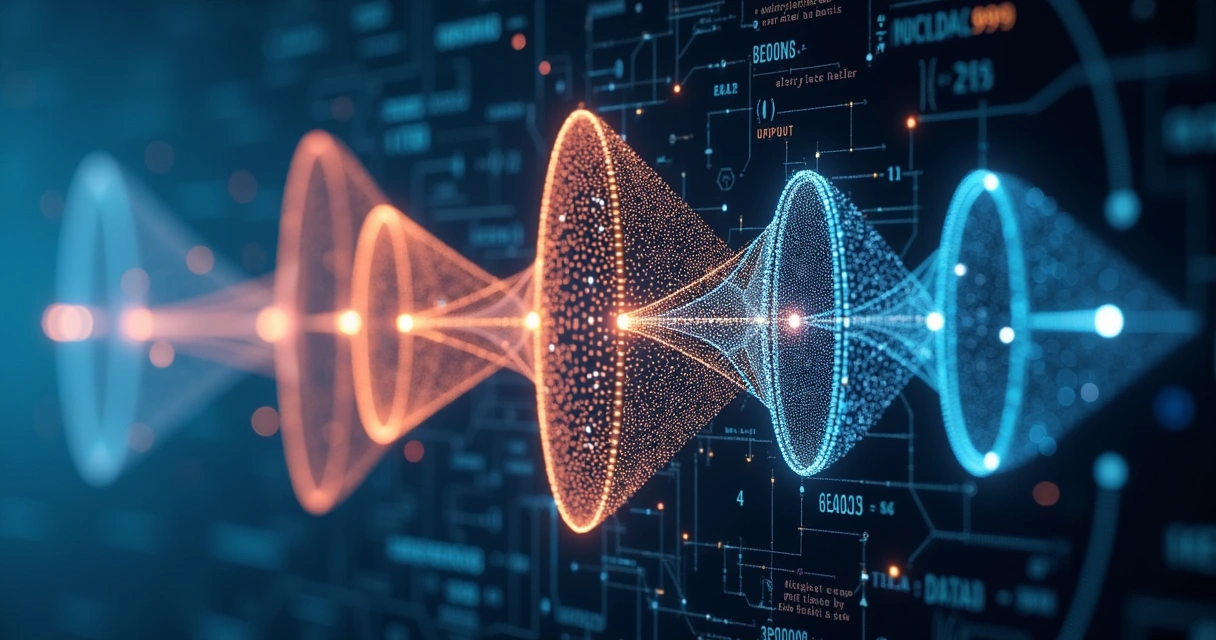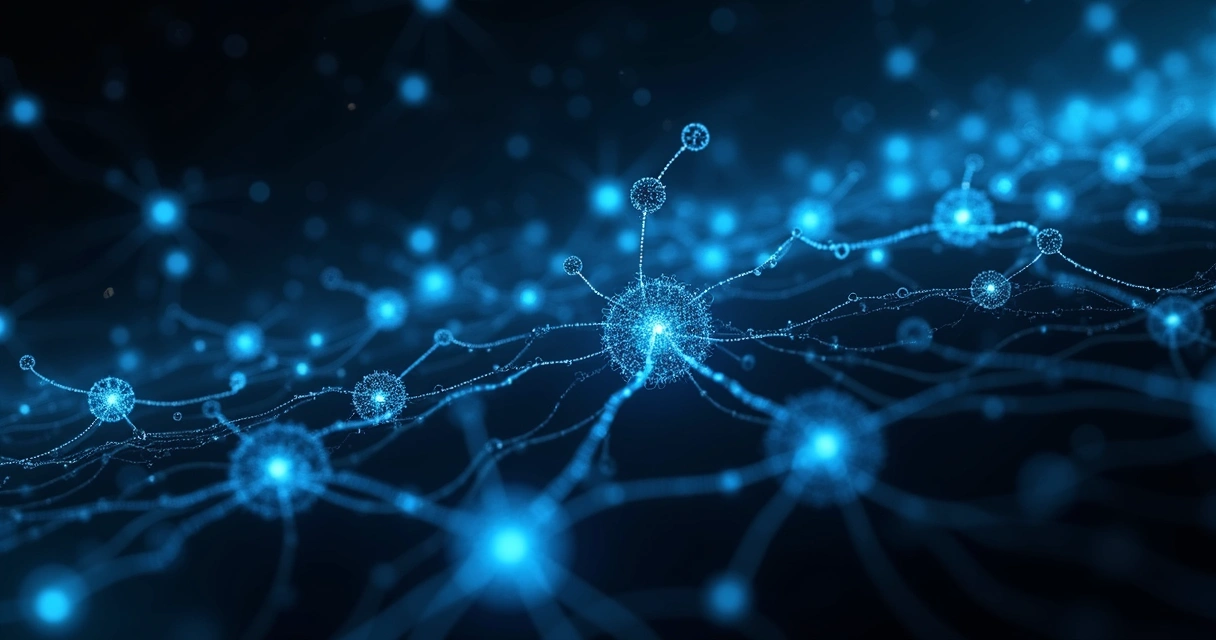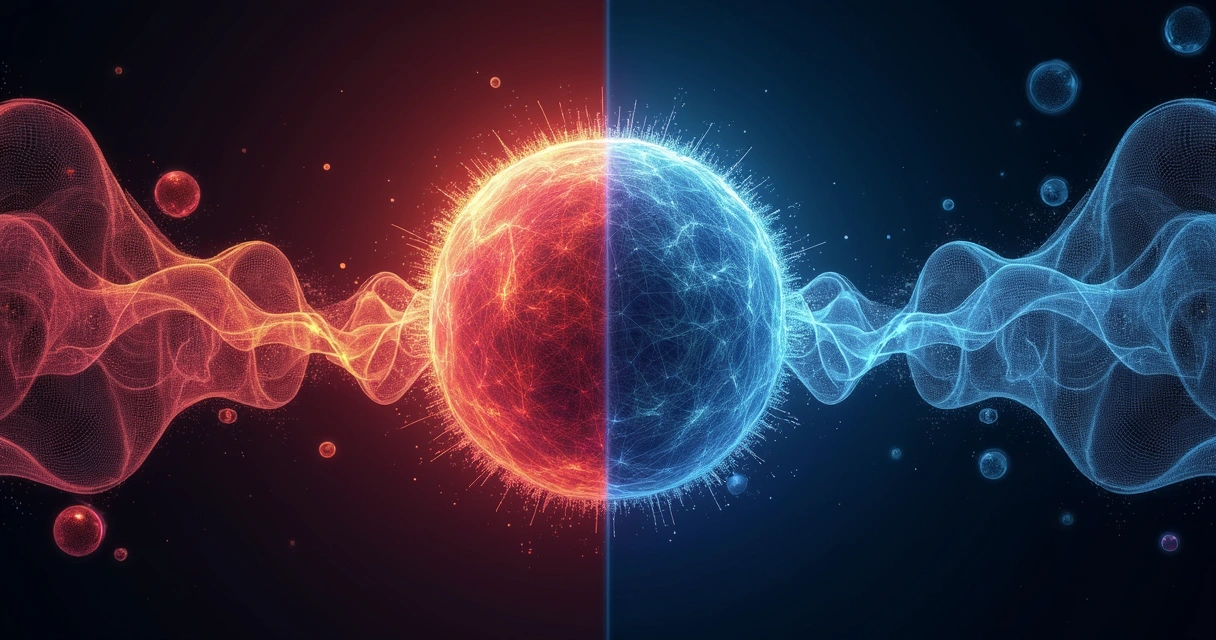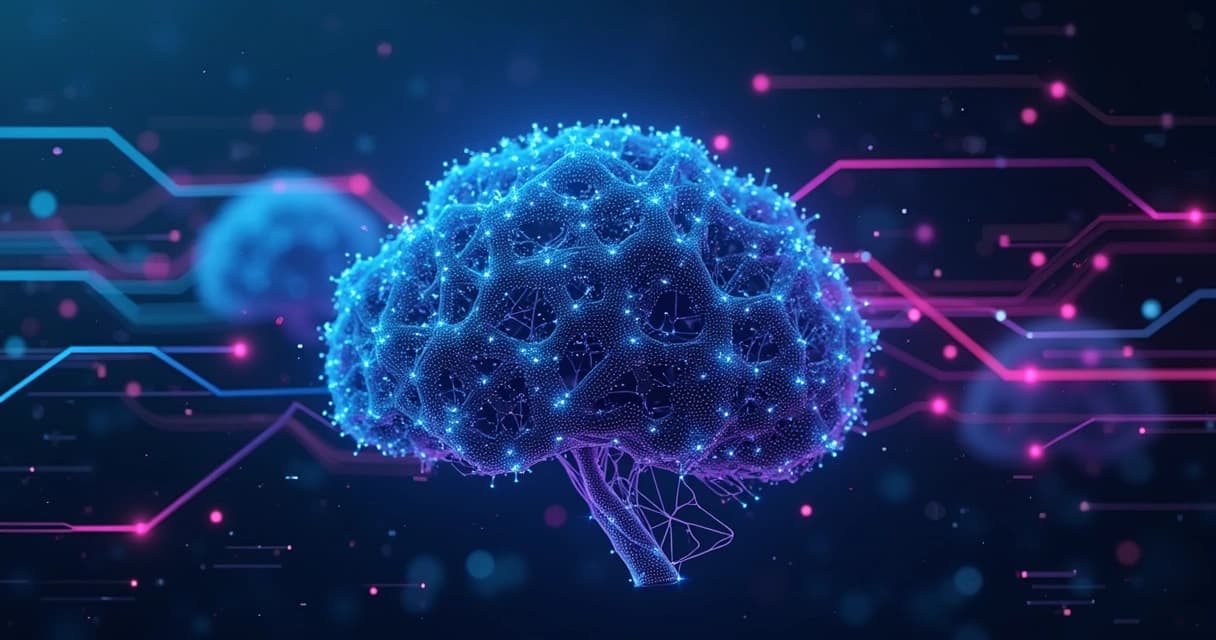I have seen firsthand how digital transformation is sparking growth in businesses worldwide. Much of this is owed to neural models and ever-improving data processing. For over sixteen years, my work—now crystallized in my project, Adriano Junior—has centered on building digital solutions powered by intelligent models that solve tangible business problems, whether it's smarter sales predictions or fully automated workflows. In the following guide, I want to explain, in practical and human terms, what deep learning is, how it works, and where your company can actually expect results.
Introduction: Why neural architectures are everywhere
When people look around and see AI translating, recognizing faces, reading documents, or talking to customers, it always traces back to neural architectures stacked layer upon layer. These models are called "deep" because they use many processing stages between input and output.
Since the pandemic, I’ve watched more businesses ask for automation and smarter prediction, reflecting global shifts. According to the LSE Business Review, about two-thirds of firms have adopted new digital technologies after COVID-19, with 25% investing in artificial intelligence this decade. The world is shifting fast, and what was research in universities just a decade ago is now embedded in the core of digital businesses.
Yet, deep learning is not the same as old-school machine learning. I remember working in 2010, training simple systems to sort emails as spam or not, relying on human-designed logic. Today, neural models can analyze thousands of features and learn patterns impossible to hand-craft, driving outputs for vision, language, audio, and structured data.
The deeper the network, the richer its understanding.
Defining deep learning and distinguishing it from machine learning
Deep learning is a technique for automatically learning patterns and rules from data using multi-layered neural networks, which mimic some aspects of human perception. These networks transform raw data (images, text, signals) into useful representations through many processing “layers”, each picking out features and relationships of growing complexity.
Traditional machine learning, by contrast, typically uses fixed rules, linear decision boundaries, or a shallow set of transformations. If you’ve ever used a decision tree, a logistic regression, or a single-layer perceptron—those were all early forms of machine learning, but their ability to capture nuance or complexity is quite limited.
- Machine learning relies on engineered features, often built by experts.
- Deep neural networks “learn” these features themselves, end to end, given large enough datasets and computational power.
- With deep architectures, much less manual intervention is needed for domains such as vision, audio, and text.
I get asked a lot: “Does this mean the model is ‘intelligent’?” No, not in the way people are. But stacked layers can extract patterns so subtle or high-dimensional that they achieve surprising performance—sometimes surpassing humans at specific tasks.
With enough depth, a system can learn to “see” or “read” in ways earlier models never could.
 The anatomy of neural networks: How layers unlock intelligence
The anatomy of neural networks: How layers unlock intelligence
Every deep neural model is, at its heart, a series of connected processing nodes called “neurons.” Each neuron receives inputs, performs a transformation (usually a weighted sum plus nonlinearity), and passes results to nodes in the next layer. With enough layers, these models start to not just recognize simple shapes or sounds, but put together highly abstract or multifaceted concepts.
Let me break down the typical architecture:
- Input layer. Receives raw data—pixels, audio, text tokens, or numbers.
- Hidden layers. Each layer processes the previous one’s signals, forming increasingly abstract features. This is where “depth” comes in—a deep network may use dozens or even hundreds of layers.
- Output layer. Produces predictions or labels—classifying an image, generating a text, or forecasting a trend.
Deep models are defined by having many hidden layers—making them “deep” rather than “shallow.” Each additional layer enables the model to capture more complex patterns, interactions, and relationships in the data.
The architecture becomes more specialized depending on the problem. Let’s look closer at the most popular types.
 Main types of deep neural architectures
Main types of deep neural architectures
Over the years, various neural network structures have evolved for different types of data and problems. Here’s how I usually approach which to use:
- Convolutional networks (CNNs), for images, video, and spatial data
- Recurrent networks (RNNs), for sequences, like text or audio
- Generative adversarial networks (GANs), for generating new data, such as images or audio
- Transformer models, for tasks with context, like language, long documents, or code
- Autoencoders, for unsupervised representation learning and anomaly detection
Research like the 2017 Brunel University review compared autoencoders, CNNs, deep belief networks and restricted Boltzmann machines across tasks like speech and pattern recognition, showing the versatile uses of each structure.
The right architecture can turn raw input into actionable knowledge.
Convolutional neural networks: Giving vision to machines
Back when I built my first image classifier, I hand-designed features—edges, colors, textures—and passed those to shallow models. CNNs turned this entire process upside down. Convolutional networks automatically "see" visual features, like lines, shapes, and objects, by sliding small filters across the input image.
- Early layers detect edges or blobs.
- Deeper layers assemble these into textures, shapes, and whole objects.
- CNNs also incorporate pooling, which makes the network more robust to image shifts and changes.
Because of their architecture, convolutional networks are used in:
- Image recognition and classification (e.g., recognizing cats vs. dogs)
- Medical imaging, finding tumors or anomalies in X-rays or MRIs
- Automated product inspection in manufacturing
- Facial recognition in security and social media
- Self-driving car vision systems
Convolutional layers notice what people do not.
In practice with Adriano Junior and similar projects, I often use CNNs for rapid prototyping of inspection systems. They reduce error rates and deliver outputs in milliseconds, enabling everything from real-time quality control to facial analytics for customer engagement.
Recurrent neural networks: Understanding sequences and memory
Many real-world problems require context: analyzing a sentence word by word, predicting stock prices day by day, or interpreting an audio signal over time. Recurrent neural networks add feedback loops, letting the network "remember" information from earlier steps in the sequence.
Standard RNNs face the so-called vanishing gradient problem—longer-term context fades. So, engineers developed more advanced recurrent forms:
- LSTM (Long Short-Term Memory) units
- GRU (Gated Recurrent Units)
These let RNNs capture context over dozens, even hundreds, of time steps.
- Used in text generation, speech recognition, translation
- Analyzing financial or sensor time series
- Extracting meaning from long customer interactions
- Forecasting demand or product trends
RNNs help machines "listen" over time.
From building chatbots to smart notification systems, I’ve found RNNs and especially LSTMs effective whenever the past matters—like understanding customer sentiment across a conversation or generating accurate, personalized replies.
Generative adversarial networks: Teaching creativity to computers
GANs were a turning point for synthetic data, image creation, and creative AI tasks. Generative adversarial networks pit two networks against each other—a generator, trying to create realistic data, and a discriminator, trying to spot fake from real. Over time, both improve, until the generator produces highly convincing fake data.
- Generating new images, video, or audio from existing datasets
- Photo enhancement and restoration (colorizing black-and-white images, upscaling resolution)
- Data augmentation—creating more examples for training when data is scarce
- Design and artwork assistance
 It sounds a bit l...
It sounds a bit l...
